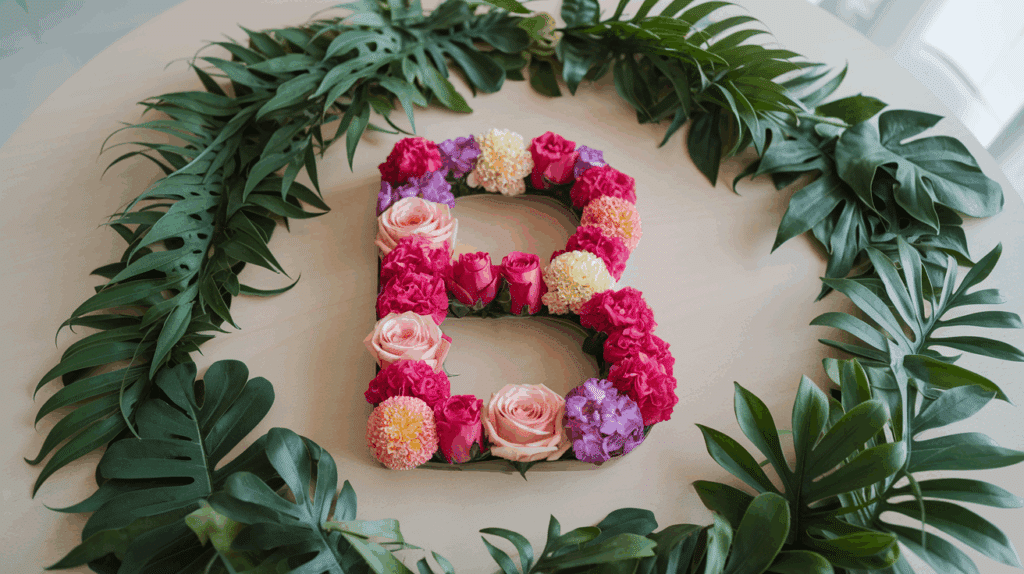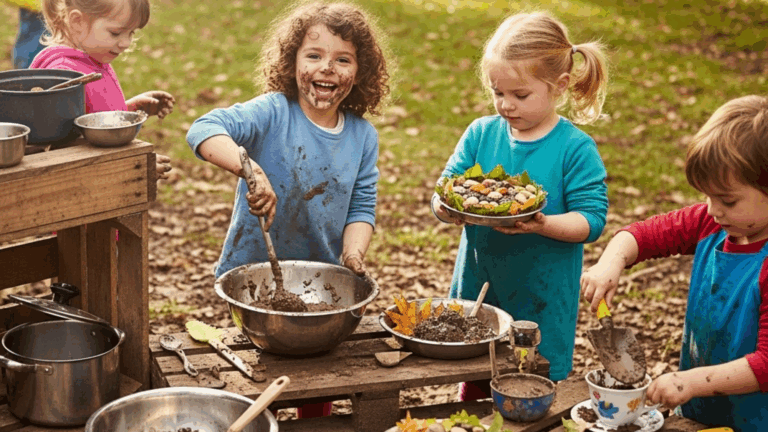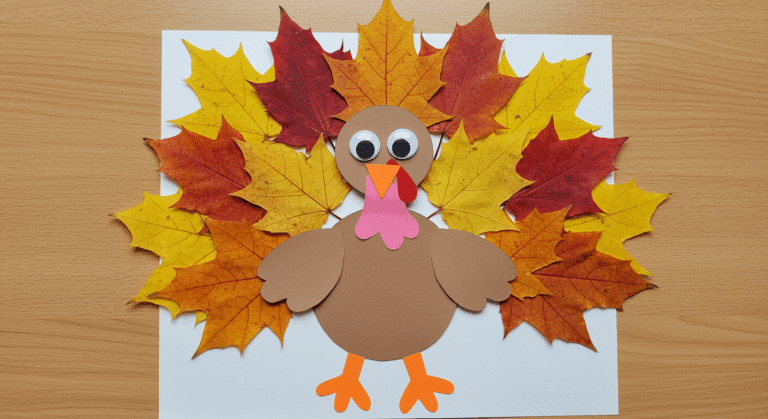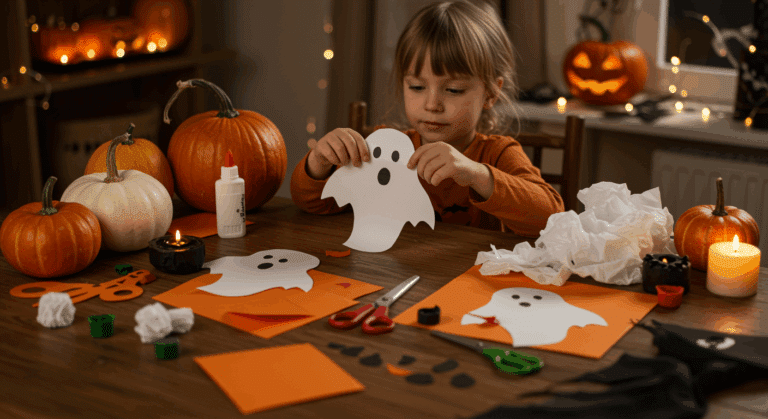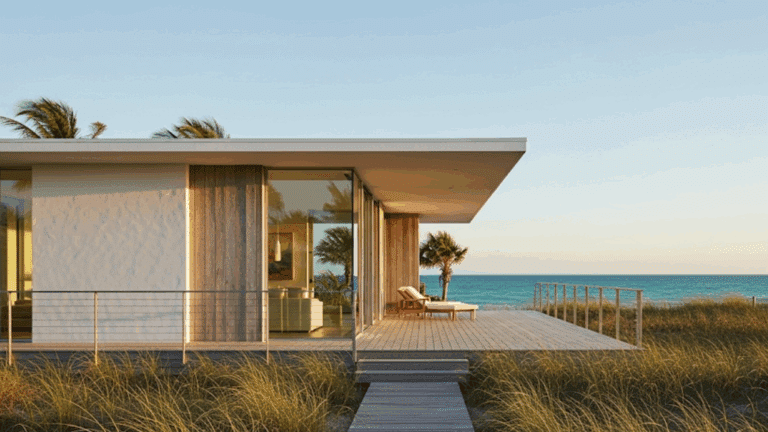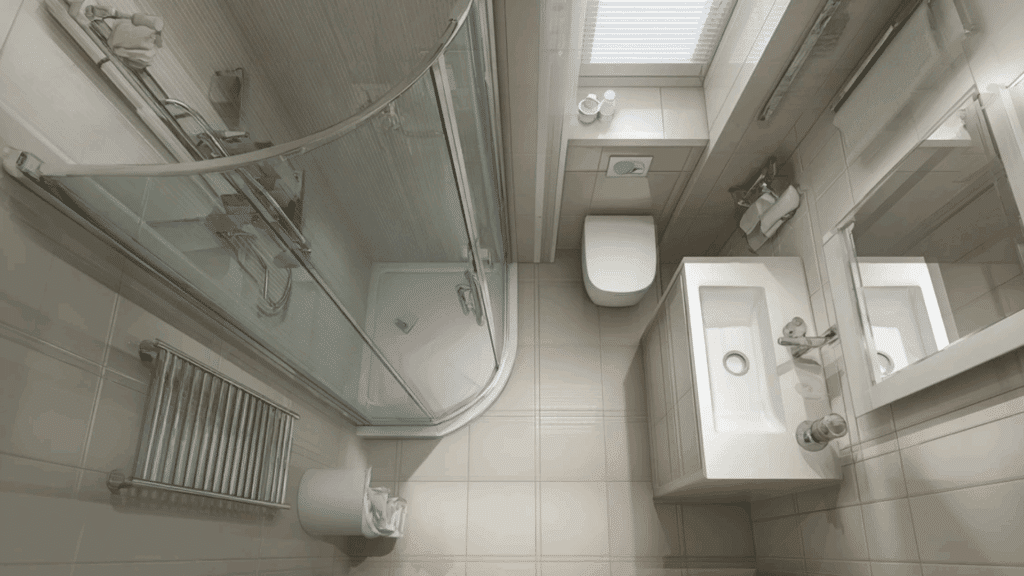Flowers that start with B bring brilliant color and beauty to any garden space.
Many gardeners struggle to choose the right flowers for their specific needs.
They spend hours researching plant care, growing conditions, and which varieties work best together.
This blog features a list of bright B-flowers that can solve your gardening dilemmas. Each flower comes with simple growing tips, care instructions, and symbolic meanings.
List of Blooming Flowers That Start With B
This comprehensive list of flowers that start with b, features beautiful blooms, each with its own unique characteristics and growing requirements. From common garden favorites to rare specialty varieties, you’ll find options for every skill level and garden style.
1. Bachelor’s Button
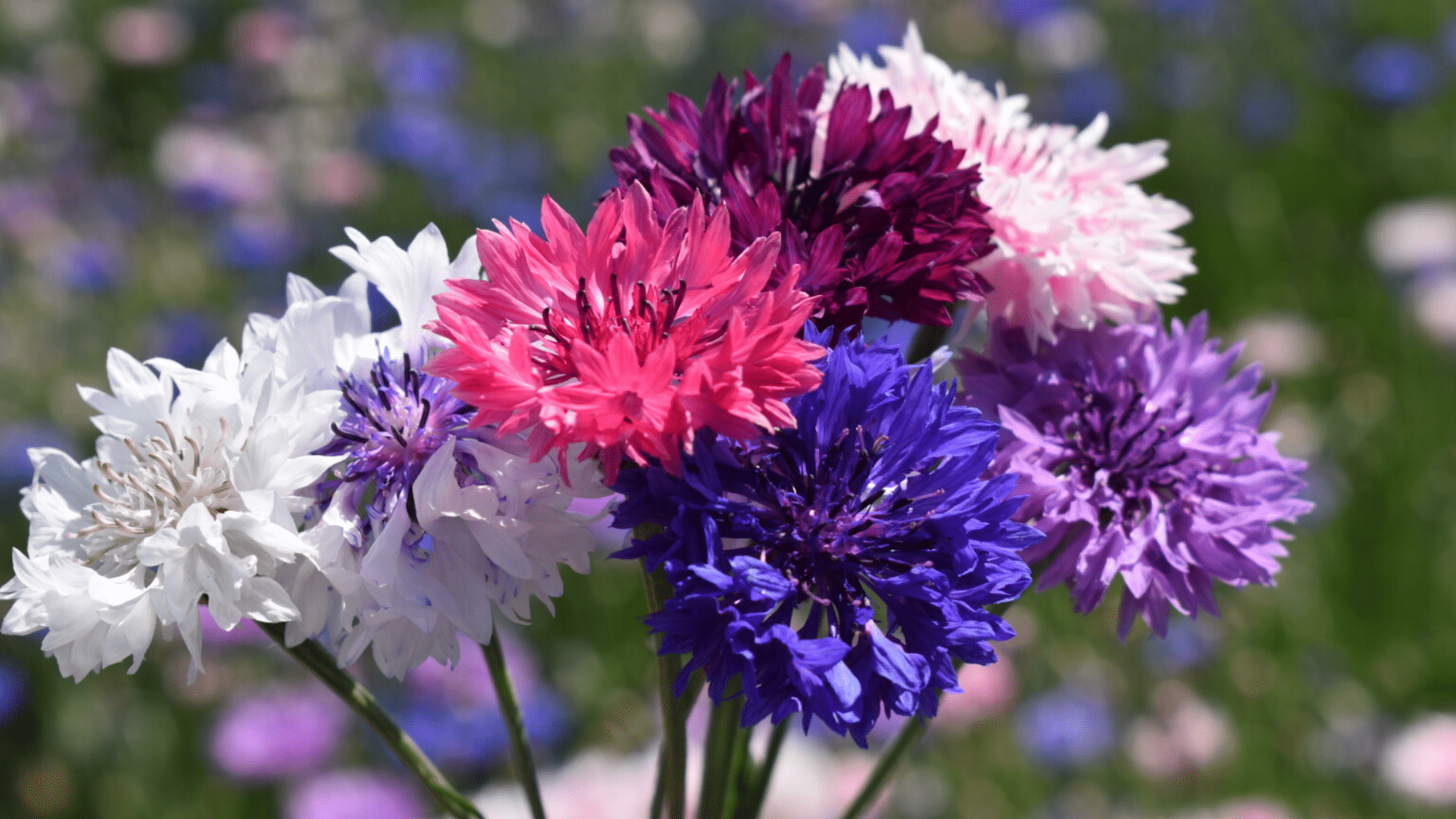
Bachelor’s Button, also known as cornflower, is a bright, charming flower that adds color to any garden. With vibrant blue blooms, this flower is known for its easy growth and drought-tolerant nature.
| Category | Details |
|---|---|
| Scientific Name | Centaurea cyanus |
| Growing Conditions | Full sun, well-drained soil |
| Blooming Time | Late spring to early summer |
| Symbolism | Durability, hope |
| Color Variations | Blue, pink, white, purple |
| Uses & Benefits | Attracts pollinators, medicinal uses |
Planting Tips: Plant in well-drained soil and water moderately.
Interesting Fact: The Bachelor’s Button is also known for its edible flowers, often used in salads.
2. Balsam
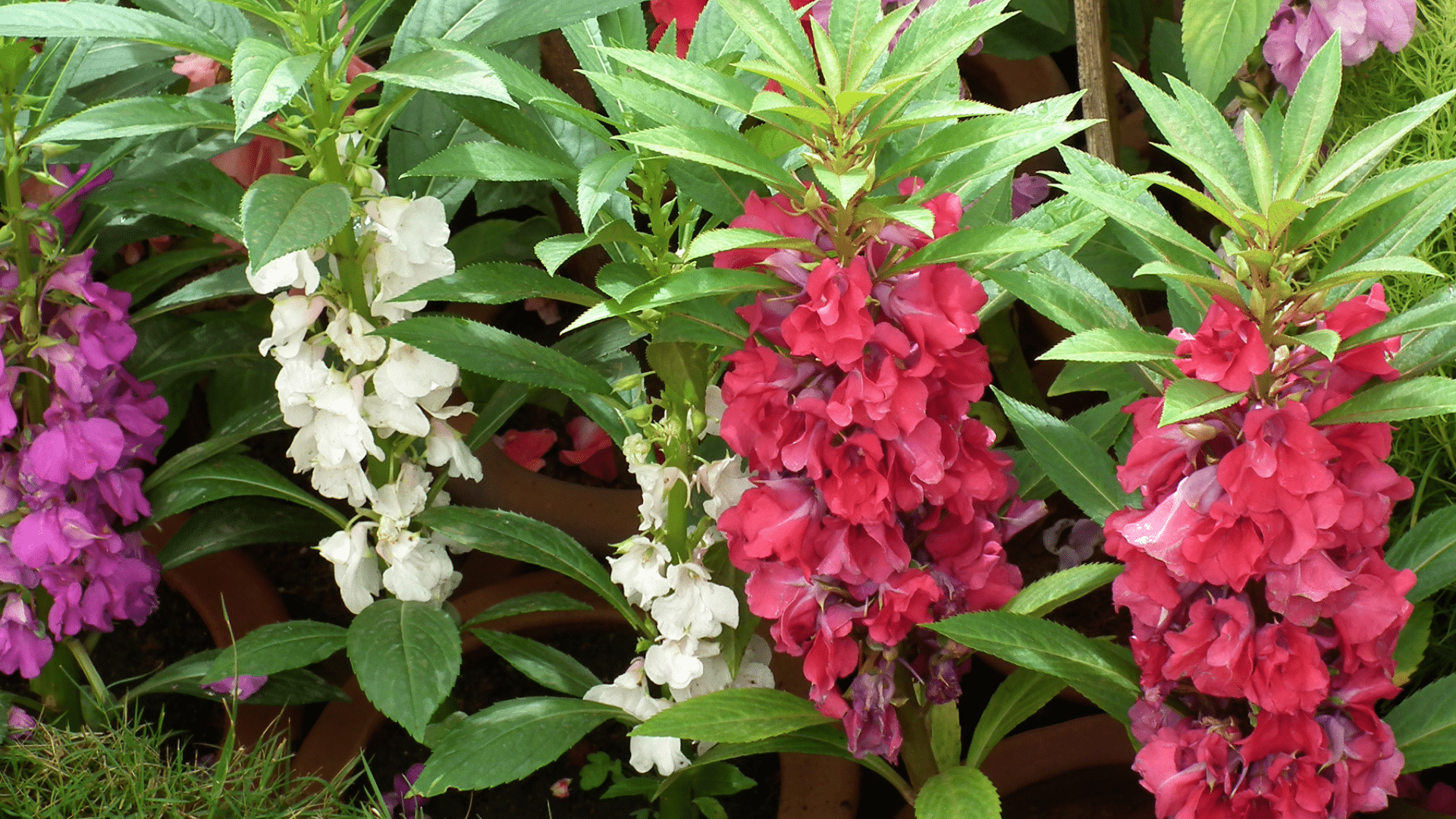
Balsam flowers, often found in gardens, are vibrant and come in a variety of colors. Their blossoms stand out due to their bright petals and soft texture, often used in hanging baskets or as a border in gardens.
| Category | Details |
|---|---|
| Scientific Name | Impatiens balsamina |
| Growing Conditions | Partial shade, moist soil |
| Blooming Time | Summer to fall |
| Symbolism | Strong emotions, love |
| Color Variations | Pink, red, white, purple |
| Uses & Benefits | Ornamental, attracts butterflies |
Planting Tips: Prefers moist soil and light shade for best growth.
Interesting Fact: Balsam flowers are also called “touch-me-nots” due to their seed pods that explode when touched.
3. Balloon Flower
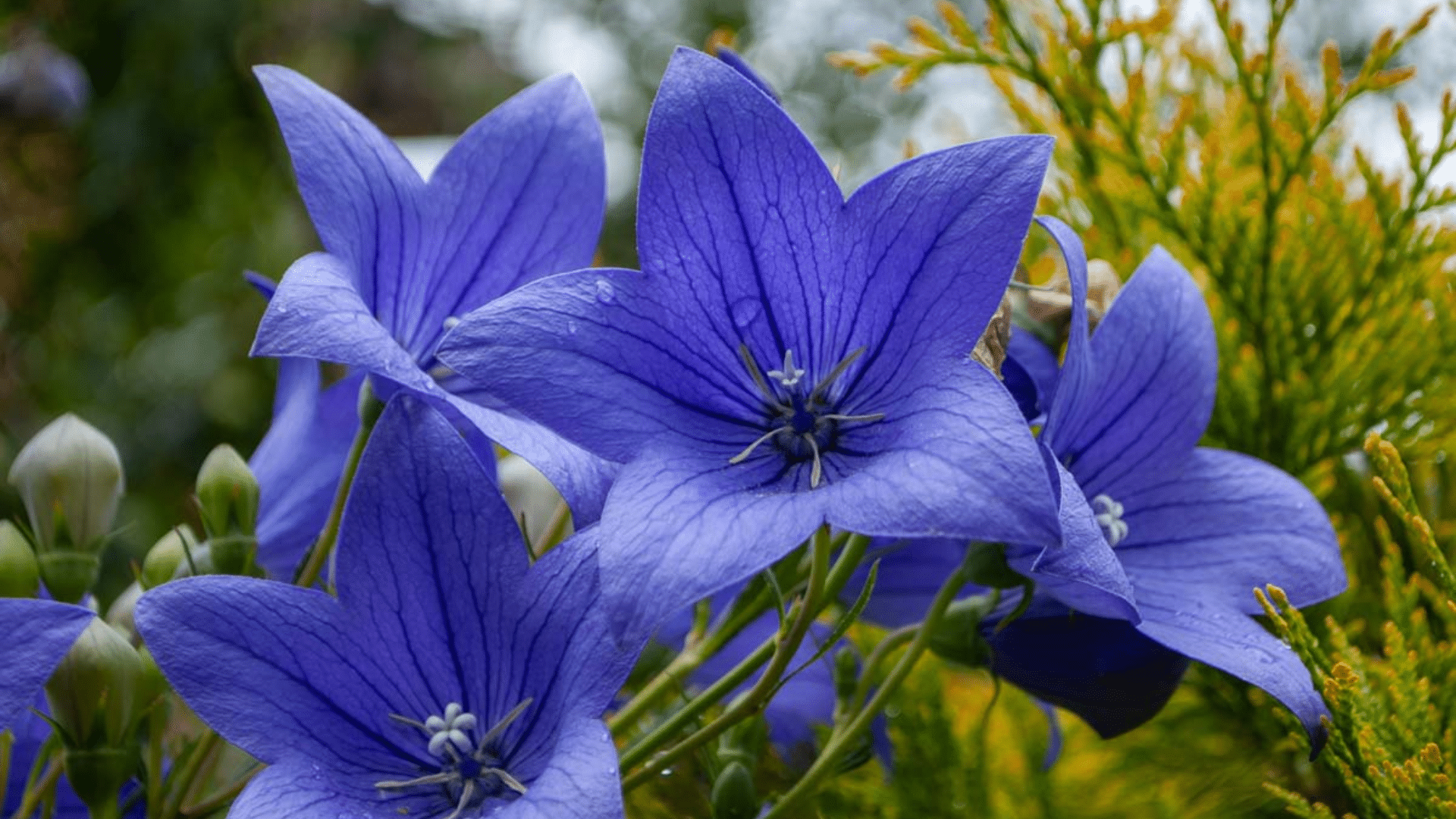
Balloon Flower is known for its unique balloon-like buds that open into star-shaped flowers. It thrives in sunny spots and offers a fun, colorful addition to any garden.
| Category | Details |
|---|---|
| Scientific Name | Platycodon grandiflorus |
| Growing Conditions | Full sun, well-drained soil |
| Blooming Time | Summer |
| Symbolism | Everlasting love, unchanging beauty |
| Color Variations | Blue, white, pink |
| Uses & Benefits | Decorative, medicinal, attracts pollinators |
Planting Tips: Ensure the plant gets plenty of sunlight and avoid waterlogging.
Interesting Fact: Balloon flowers open up like balloons, giving them their unique look.
4. Bee Balm
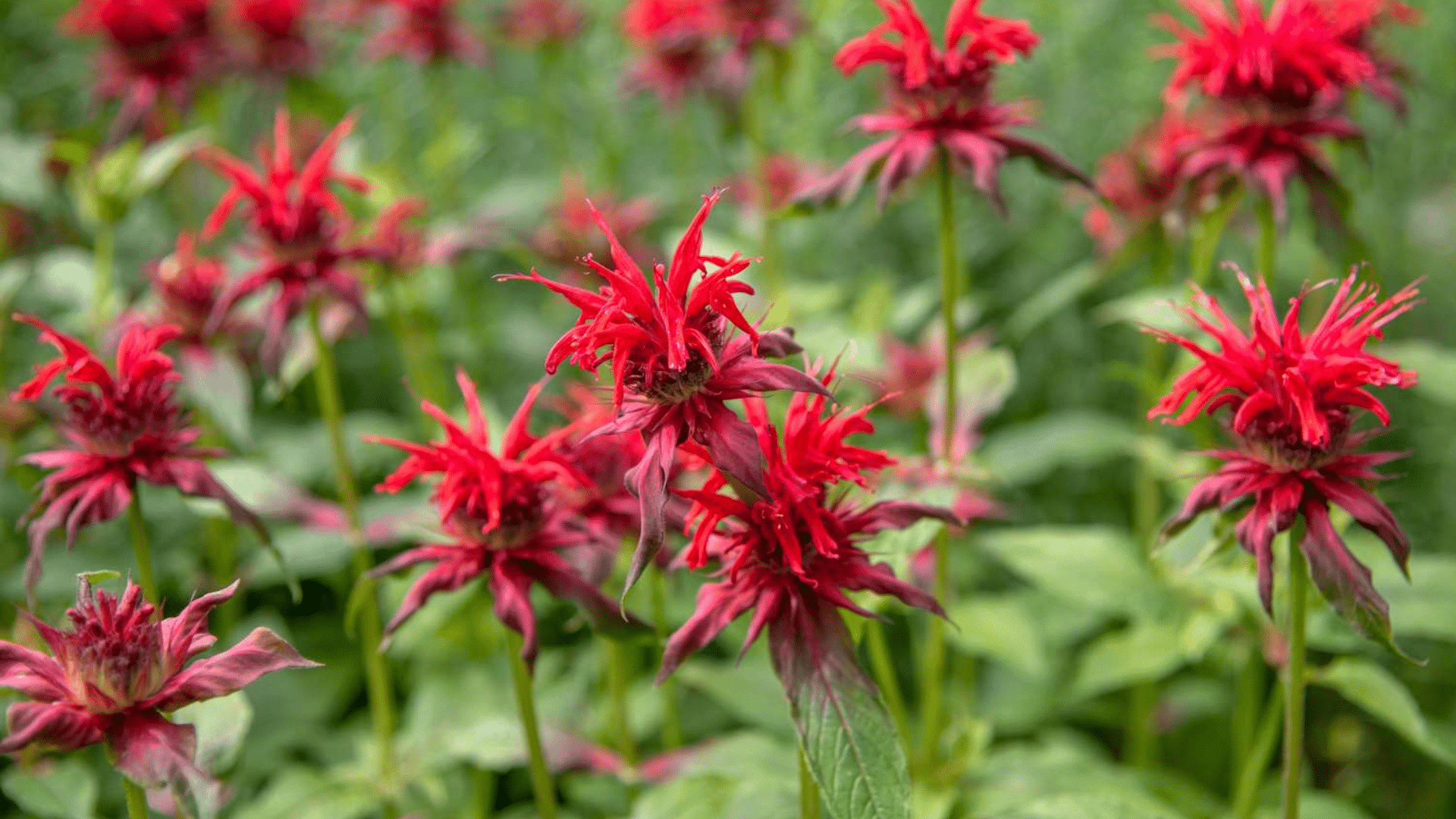
Bee Balm is a fragrant flower that attracts pollinators, especially bees and butterflies. Known for its bold red, pink, and purple colors, it adds vibrant beauty to gardens while being used for its medicinal properties.
| Category | Details |
|---|---|
| Scientific Name | Monarda didyma |
| Growing Conditions | Full sun to partial shade, moist soil |
| Blooming Time | Summer to fall |
| Symbolism | Protection, health |
| Color Variations | Red, pink, purple |
| Uses & Benefits | Attracts pollinators, medicinal use |
Planting Tips: Thrives in moist, well-drained soil and should be spaced 18-24 inches apart.
Interesting Fact: Bee Balm leaves are used to make herbal teas with soothing properties.
5. Bellflower
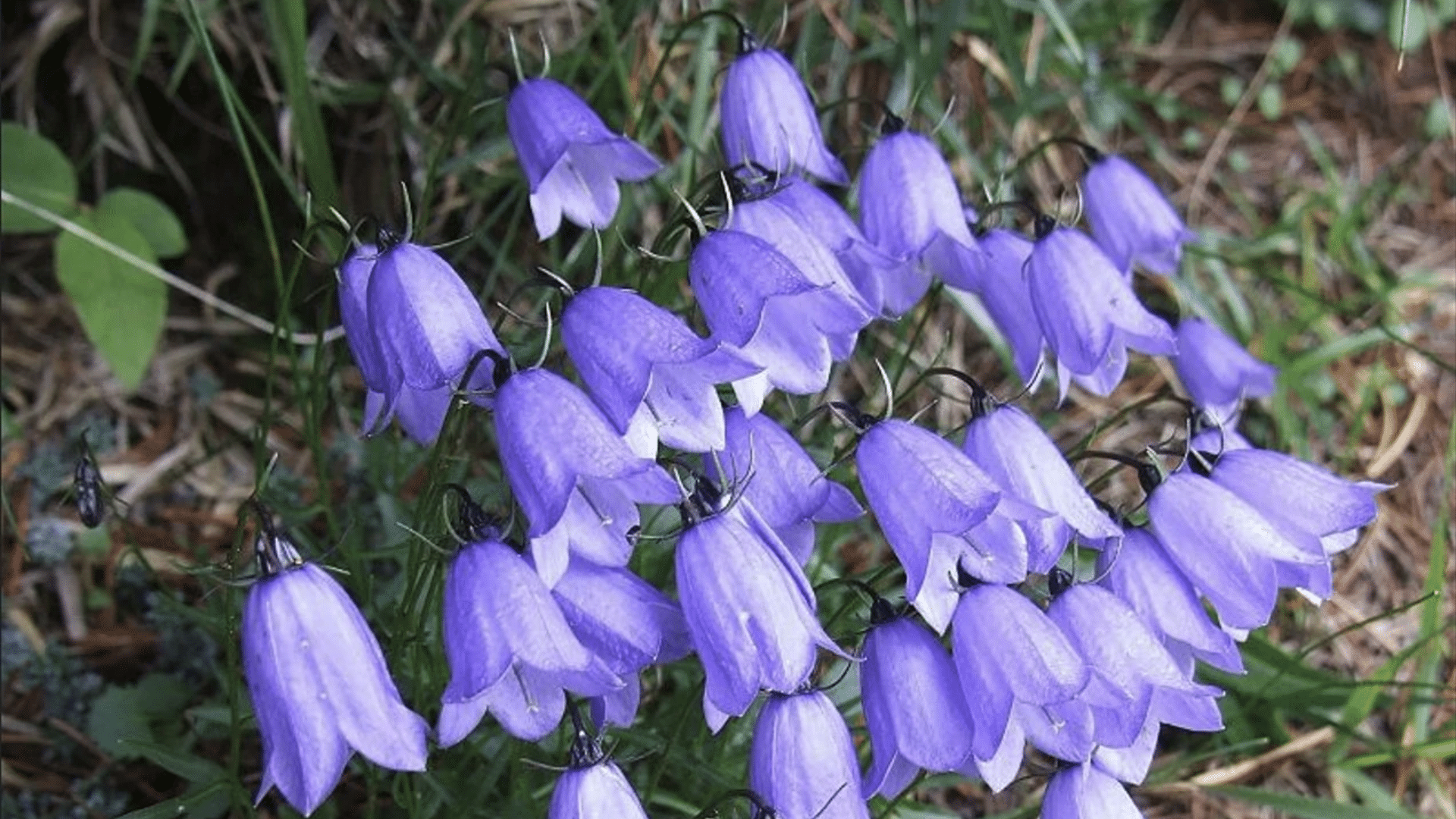
Bellflower is a versatile flower known for its bell-shaped blooms that appear in various shades of blue, purple, and white. These flowers are often seen in gardens and as ground cover.
| Category | Details |
|---|---|
| Scientific Name | Campanula species |
| Growing Conditions | Full sun to partial shade, moist soil |
| Blooming Time | Spring to early summer |
| Symbolism | Gratitude, humility |
| Color Variations | Blue, purple, white |
| Uses & Benefits | Attractive to pollinators, ground cover |
Planting Tips: Bellflowers prefer moist soil and moderate watering.
Interesting Fact: Bellflowers are also known as “Campanula,” which is Latin for “little bell.”
6. Black-eyed Susan
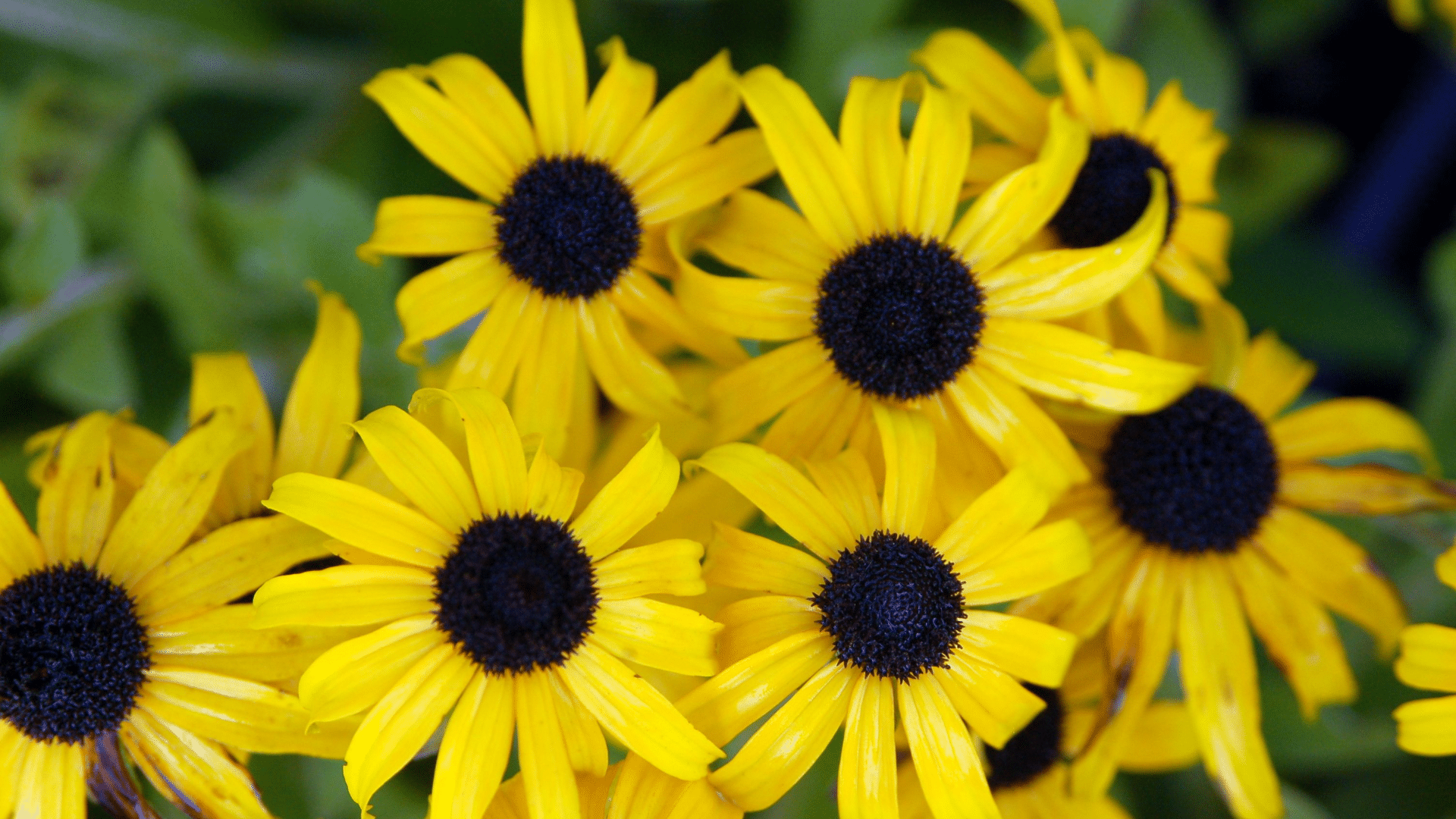
Black-eyed Susan is a hardy perennial that features bright yellow petals surrounding a dark brown center. It’s often used to brighten landscapes and attract pollinators.
| Category | Details |
|---|---|
| Scientific Name | Rudbeckia hirta |
| Growing Conditions | Full sun, well-drained soil |
| Blooming Time | Summer to fall |
| Symbolism | Justice, encouragement |
| Color Variations | Yellow, orange, brown |
| Uses & Benefits | Attracts pollinators, drought-tolerant |
Planting Tips: Plant in well-drained soil and space them 12-18 inches apart for better airflow.
Interesting Fact: Black-eyed Susans are the state flower of Maryland and Missouri.
7. Bleeding Heart
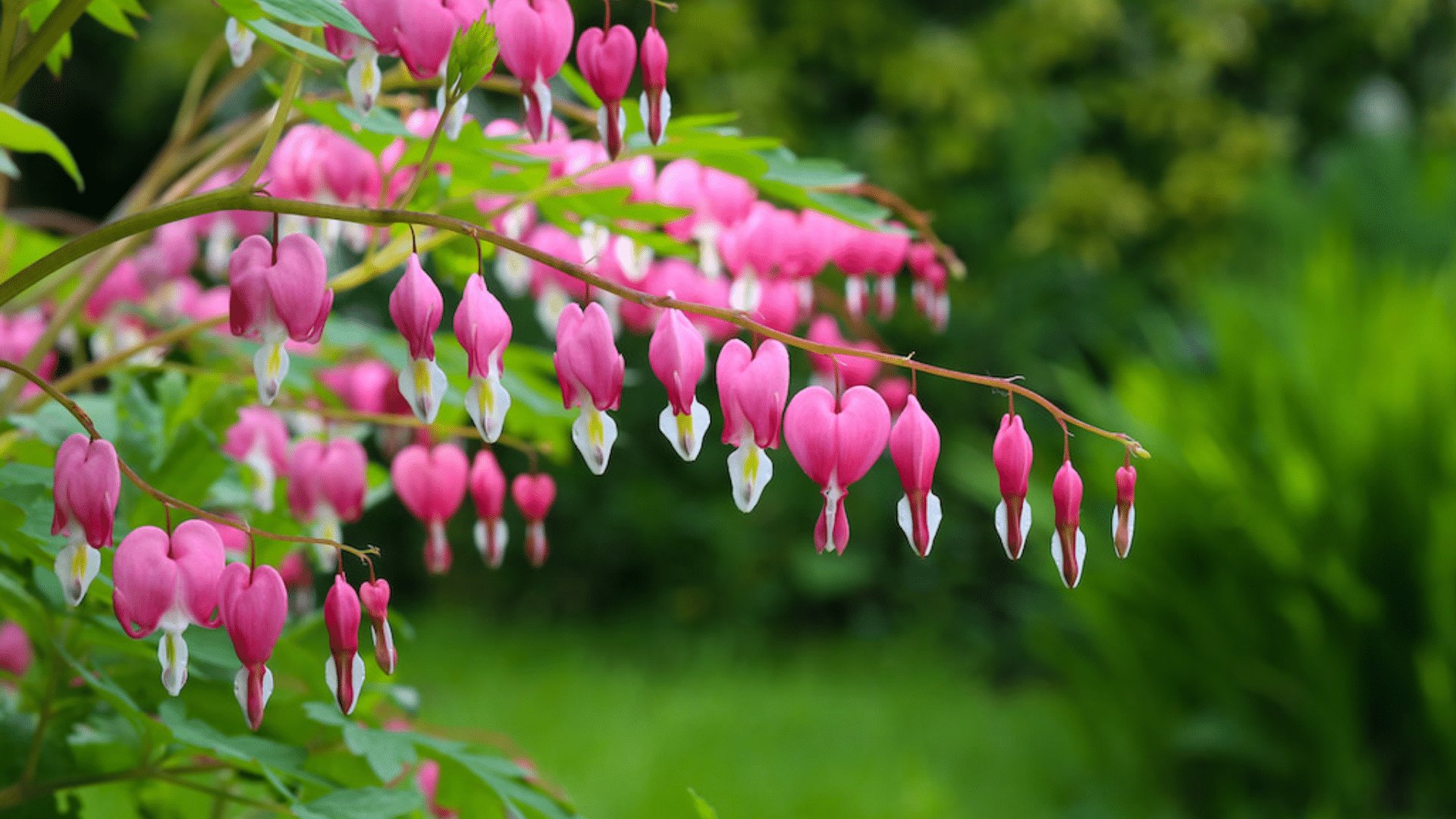
The Bleeding Heart flower is known for its unique, heart-shaped blooms that appear in pink, red, or white. It’s a perennial that thrives in shady, cool spots.
| Category | Details |
|---|---|
| Scientific Name | Lamprocapnos spectabilis |
| Growing Conditions | Partial to full shade, moist soil |
| Blooming Time | Spring to early summer |
| Symbolism | Love, heartbreak |
| Color Variations | Pink, red, white |
| Uses & Benefits | Ornamental, attracts pollinators |
Planting Tips: Prefers moist, well-drained soil and cool, shaded environments.
Interesting Fact: Bleeding Heart is also called “Lady in a Bath” due to the flower’s resemblance to a figure in a bath.
8. Bluebell
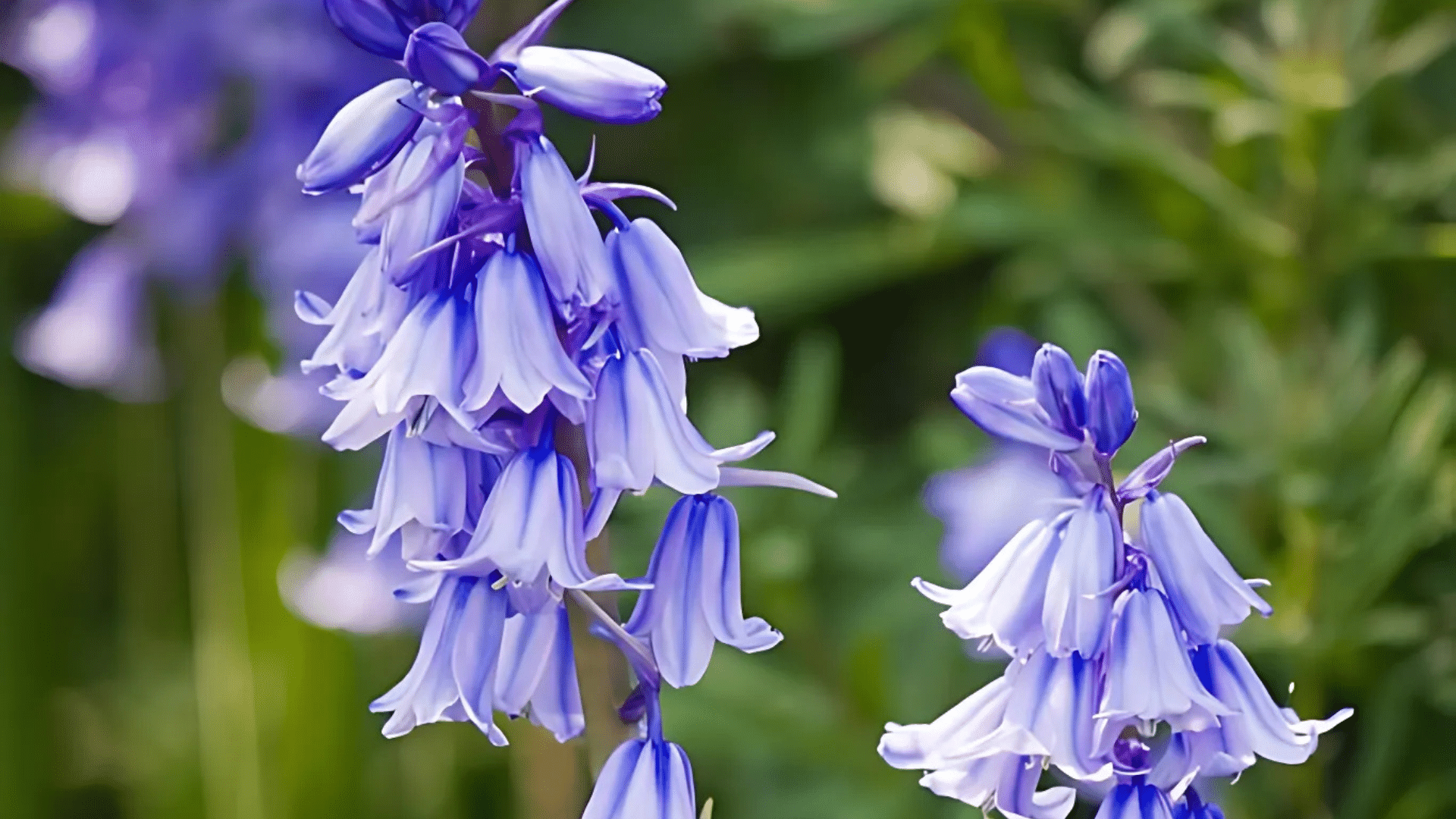
Bluebells are fragile, bell-shaped flowers that form clusters. These flowers are commonly found in woodlands and are known for their pleasant fragrance and vibrant blue hue.
| Category | Details |
|---|---|
| Scientific Name | Hyacinthoides non-scripta |
| Growing Conditions | Partial shade, moist, well-drained soil |
| Blooming Time | Spring |
| Symbolism | Humility, gratitude |
| Color Variations | Blue, pink, white |
| Uses & Benefits | Attracts pollinators, ornamental |
Planting Tips: Bluebells thrive in cool, shaded areas with moist, well-drained soil.
Interesting Fact: Bluebells are toxic to humans and animals if ingested, though pollinators love them.
9. Bluebonnet
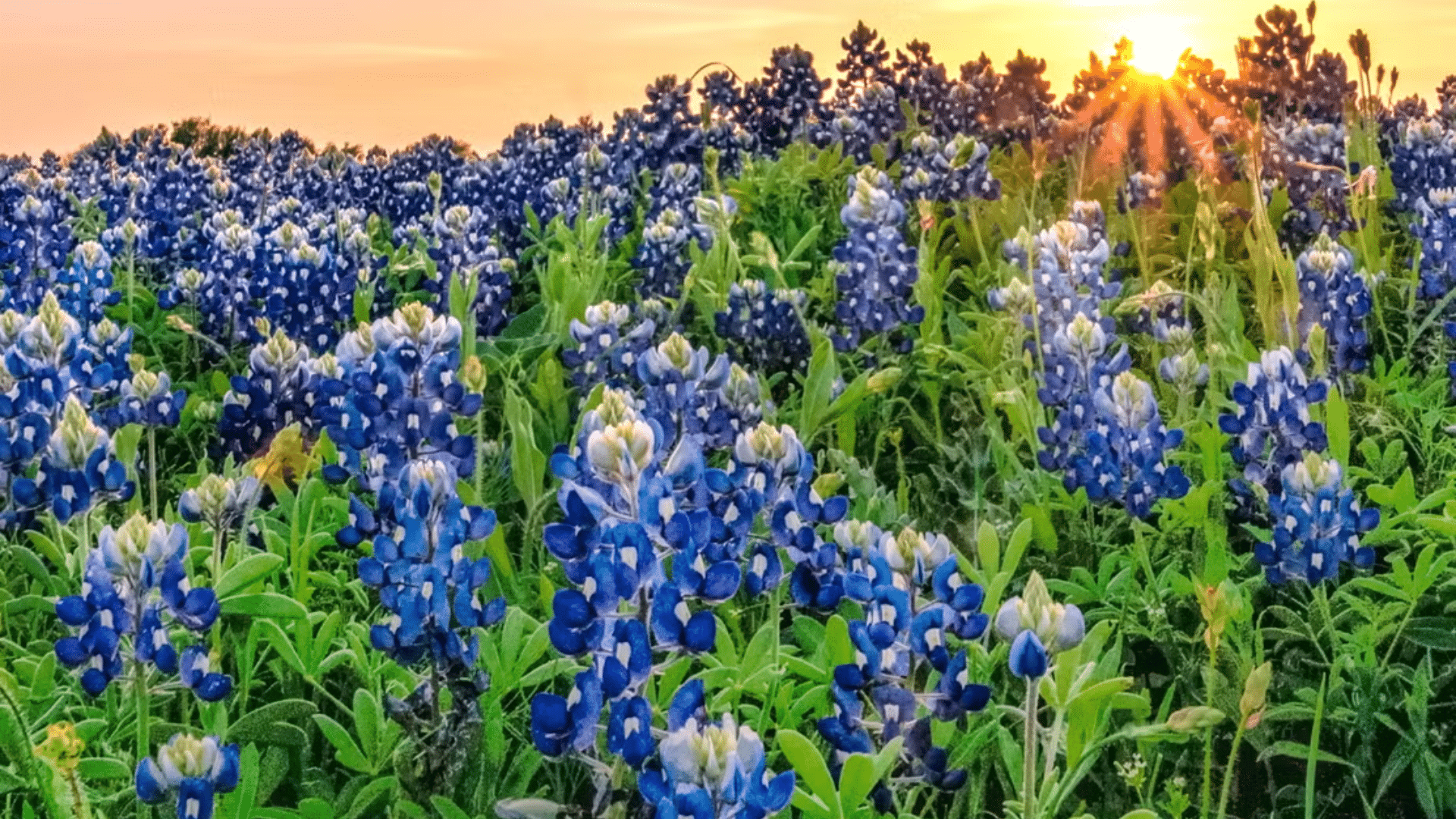
Bluebonnets are Texas’s state flower and are recognized for their striking blue hue. These flowers often grow in large clusters and are favored for their natural beauty and symbolism.
| Category | Details |
|---|---|
| Scientific Name | Lupinus texensis |
| Growing Conditions | Full sun, well-drained soil |
| Blooming Time | Spring |
| Symbolism | Texas pride, protection |
| Color Variations | Blue, purple |
| Uses & Benefits | Ornamental, attracts bees |
Planting Tips: Plant in well-drained soil with full sun exposure for best growth.
Interesting Fact: Bluebonnets are part of the pea family and are a common sight in Texas wildflower meadows.
10. Borage
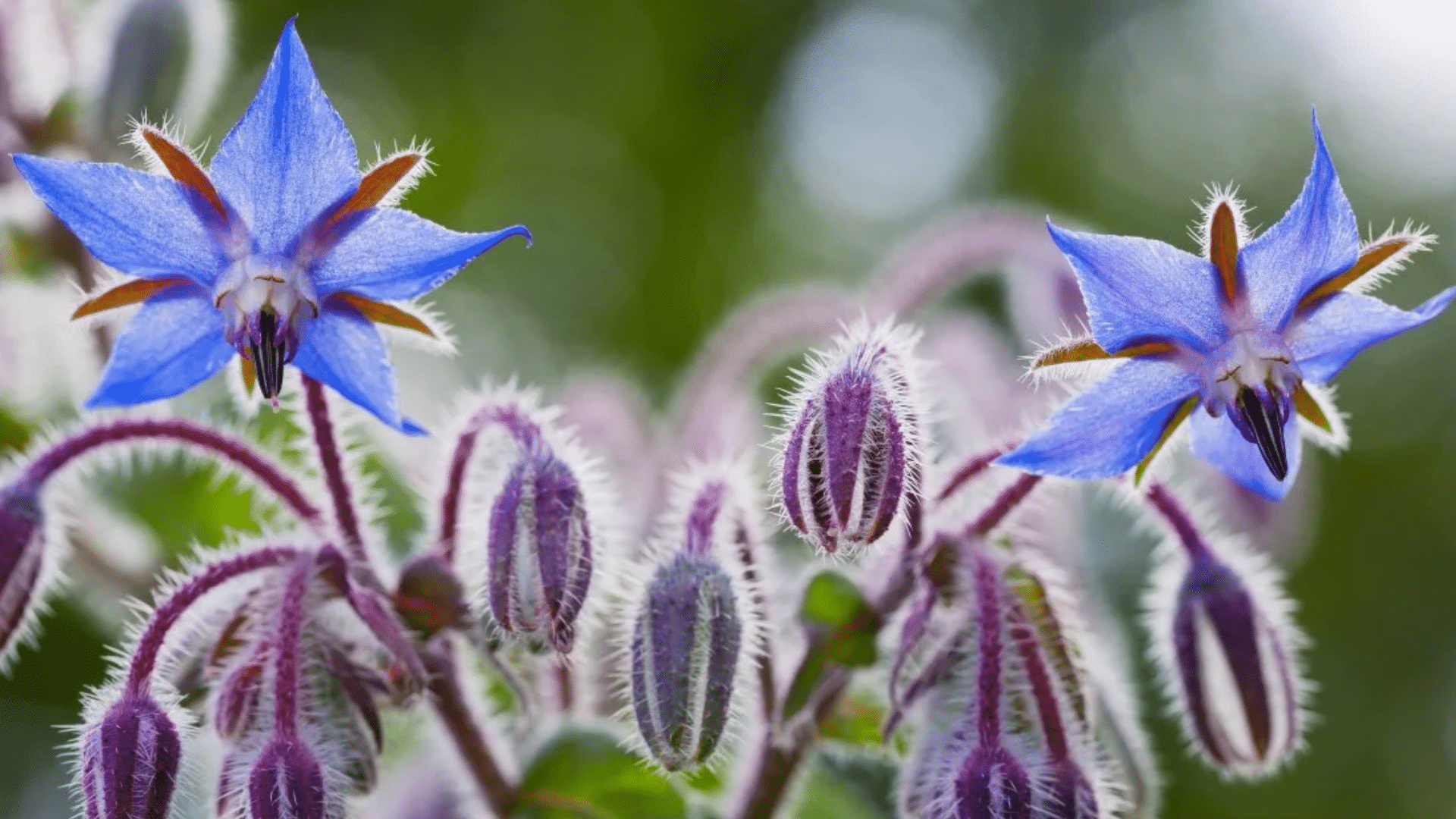
Borage is an herbaceous plant with star-shaped, blue flowers that are often used for culinary purposes. It’s known for attracting bees and enhancing the flavor of certain dishes.
| Category | Details |
|---|---|
| Scientific Name | Borago officinalis |
| Growing Conditions | Full sun, well-drained soil |
| Blooming Time | Late spring to summer |
| Symbolism | Courage, friendship |
| Color Variations | Blue, pink, purple |
| Uses & Benefits | Culinary attracts pollinators |
Planting Tips: Borage thrives in sunny locations and well-drained soil. Avoid over-watering.
Interesting Fact: The leaves of the borage plant have a cucumber-like flavor and are used in salads or drinks.
11. Bougainvillea
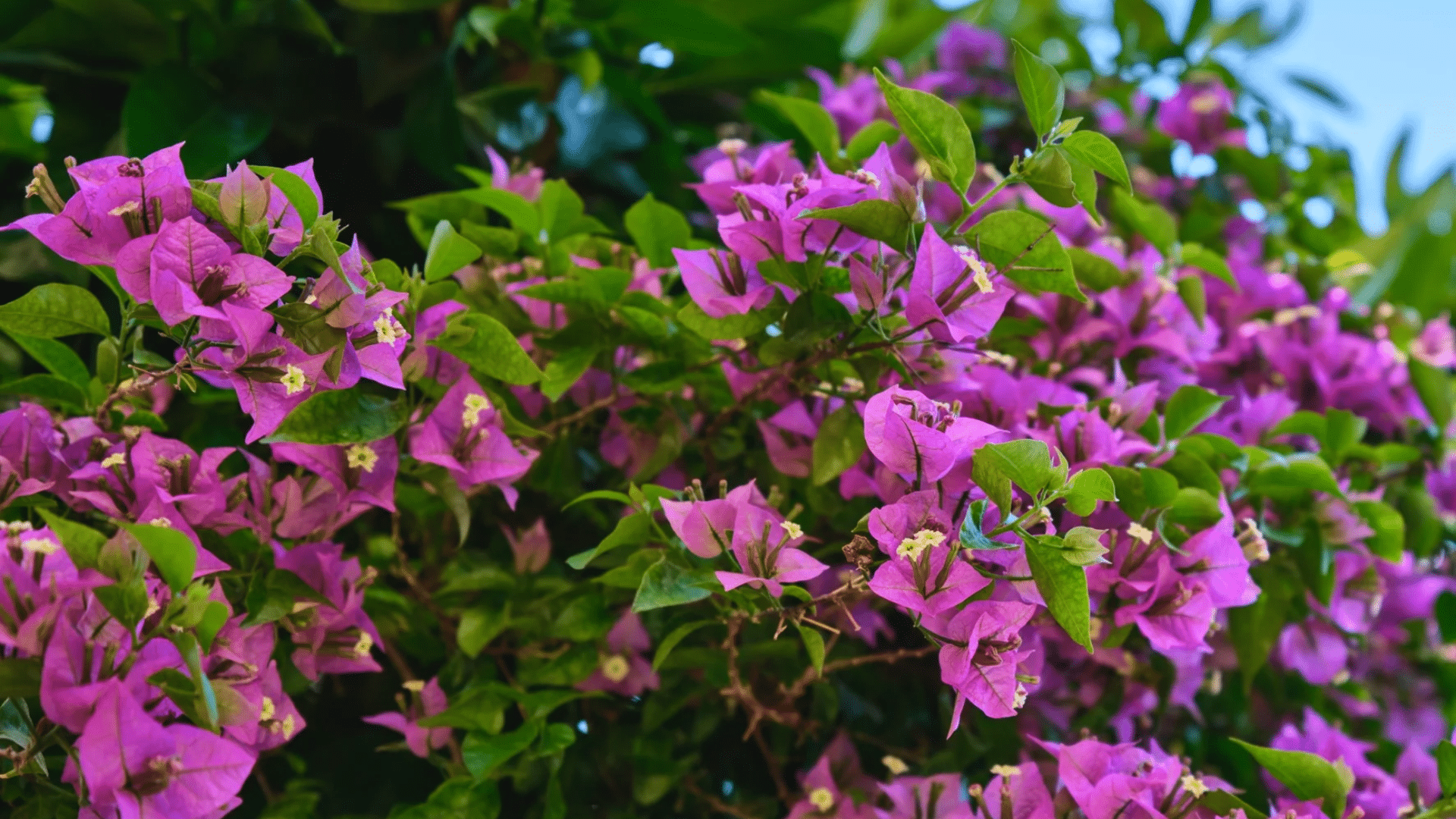
Bougainvillea is a colorful, fast-growing vine that’s known for its papery, vibrant bracts that surround its small white flowers. It thrives in hot climates and adds beauty to fences and trellises.
| Category | Details |
|---|---|
| Scientific Name | Bougainvillea spp. |
| Growing Conditions | Full sun, well-drained soil |
| Blooming Time | Spring to fall |
| Symbolism | Passion, beauty |
| Color Variations | Pink, purple, red, orange, white |
| Uses & Benefits | Ornamental, attracts pollinators |
Planting Tips: Bougainvillea needs well-drained soil and should be planted in a spot with full sunlight.
Interesting Fact: Bougainvillea can be pruned to form a bush or allowed to grow as a vine for dramatic floral displays.
12. Bridal Veil
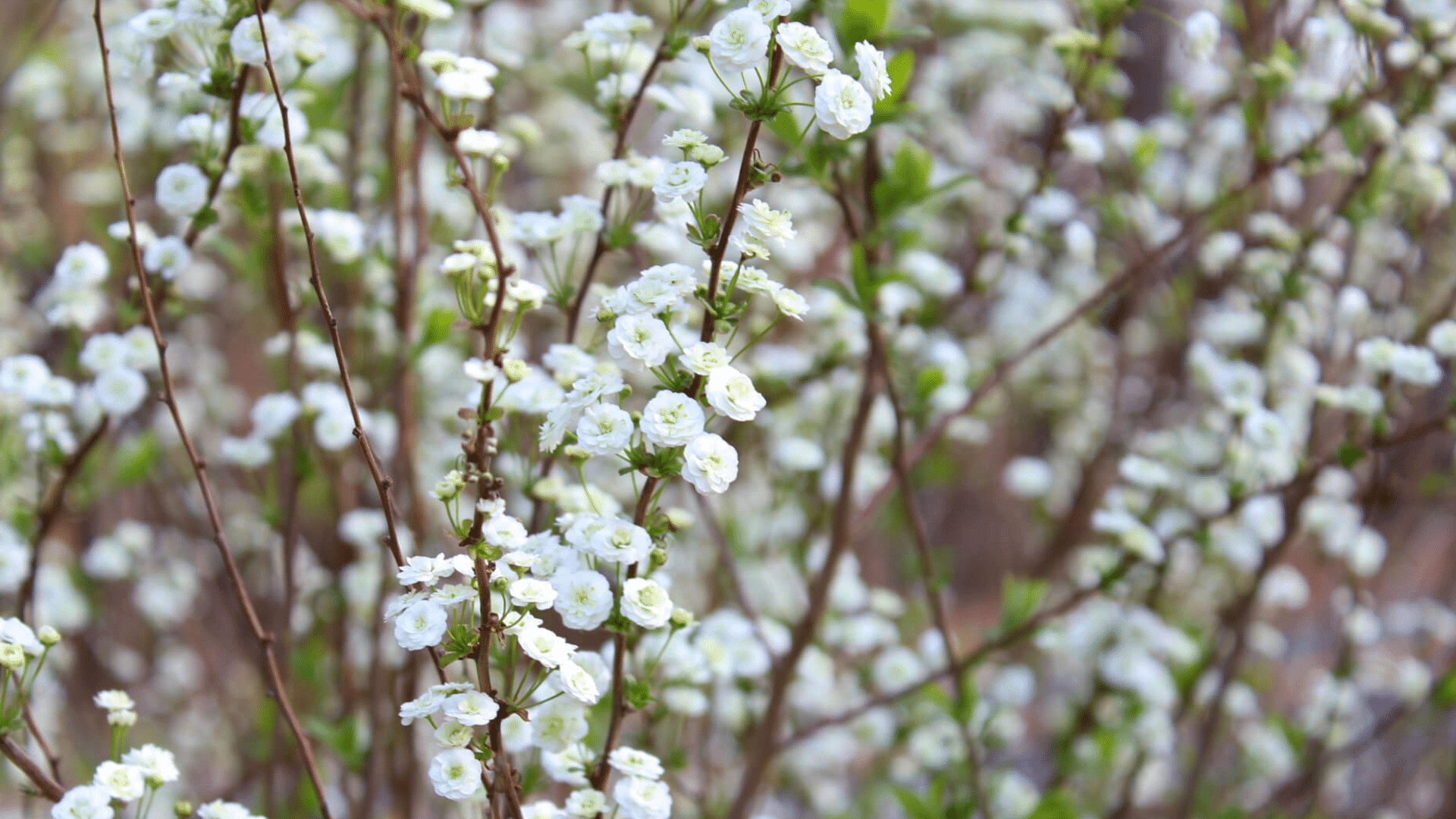
Bridal Veil is a fragile, bushy flower with tiny white blooms that cascade like a veil. It’s a popular choice for weddings, offering a soft, romantic appearance.
| Category | Details |
|---|---|
| Scientific Name | Spiraea prunifolia |
| Growing Conditions | Full sun to partial shade, moist soil |
| Blooming Time | Spring |
| Symbolism | Purity, new beginnings |
| Color Variations | White |
| Uses & Benefits | Ornamental, wedding decoration |
Planting Tips: Prefers moist, well-drained soil and should be pruned after blooming to maintain its shape.
Interesting Fact: Bridal Veil flowers are often used in bouquets for their graceful, cascading form.
13. Bromeliad
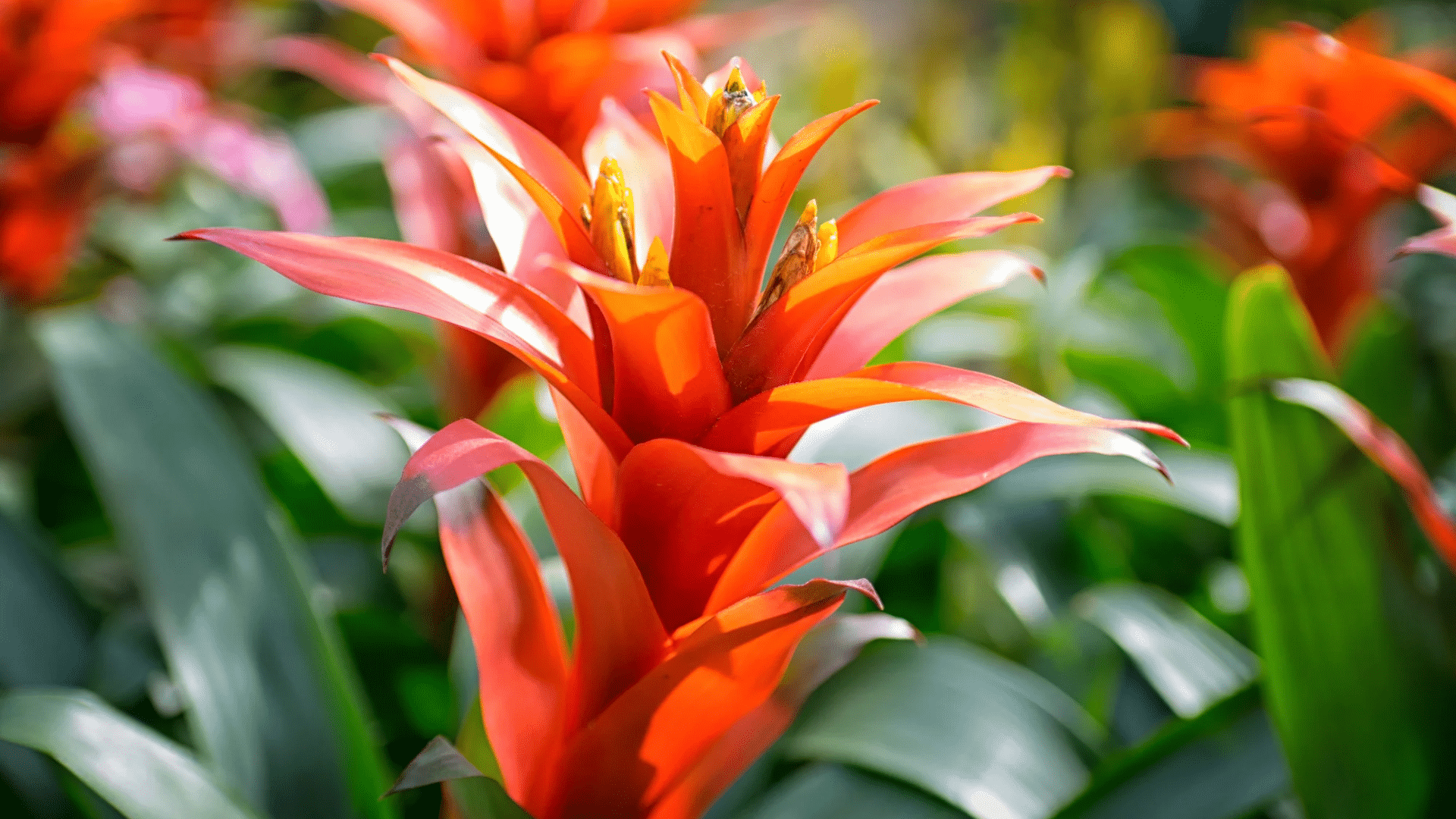
Bromeliads are tropical plants known for their striking, brightly colored bracts and unique shape. These plants are often grown indoors because they require warm, humid environments.
| Category | Details |
|---|---|
| Scientific Name | Bromeliaceae family |
| Growing Conditions | Indirect sunlight, high humidity |
| Blooming Time | Year-round, typically late winter |
| Symbolism | Prosperity, vibrant life |
| Color Variations | Red, pink, orange, yellow, purple |
| Uses & Benefits | Ornamental, indoor air purifier |
Planting Tips: Keep the soil moist but not waterlogged, and ensure the plant is in a bright but indirect sunlight spot.
Interesting Fact: Bromeliads have a rosette shape that collects water in their center, which helps them survive in dry conditions.
14. Buttercup
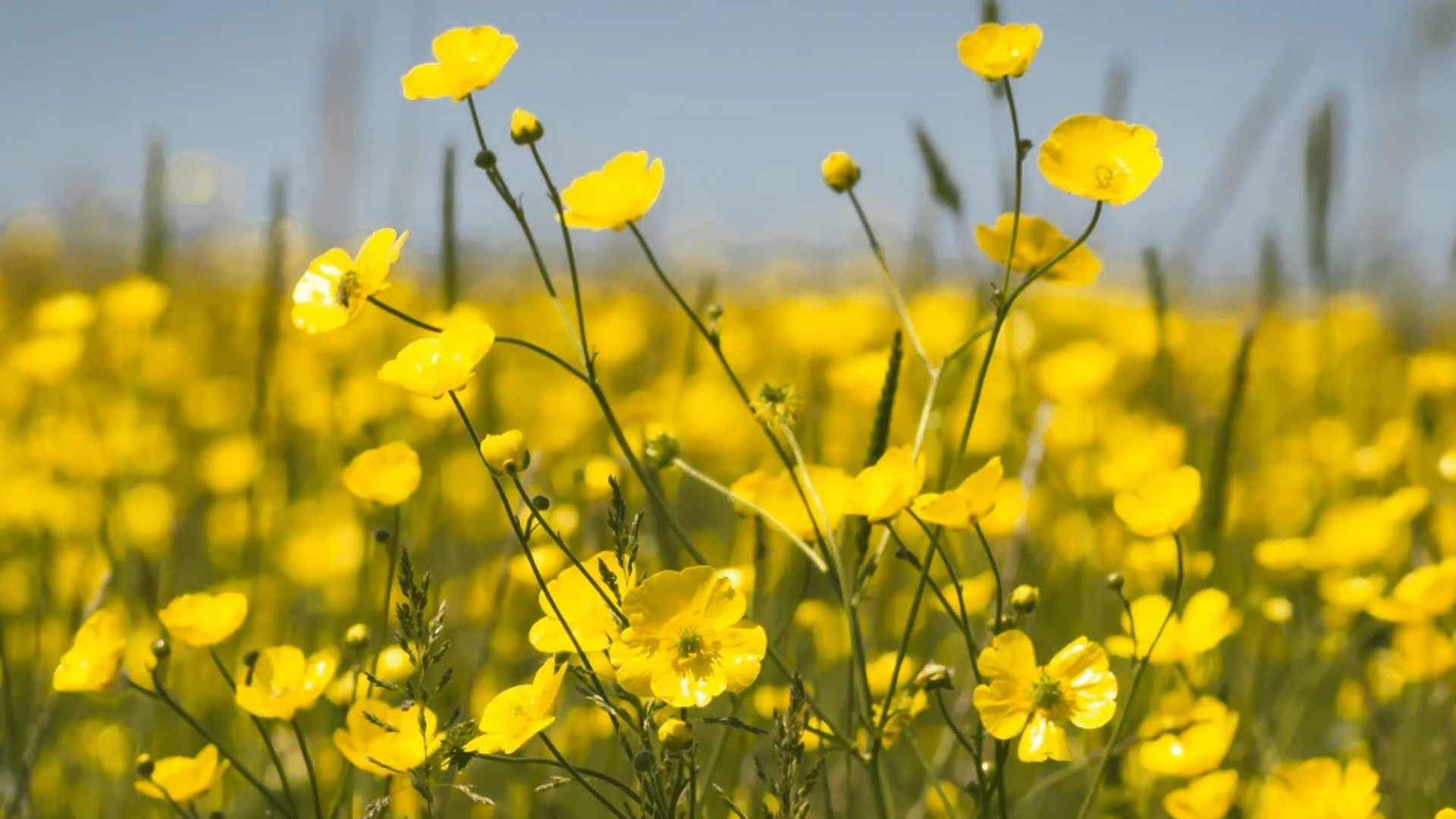
Buttercups are small, bright yellow flowers often found in fields and meadows. These flowers bloom in early spring and are admired for their simple beauty and cheerful appearance.
| Category | Details |
|---|---|
| Scientific Name | Ranunculus spp. |
| Growing Conditions | Full sun to partial shade, moist soil |
| Blooming Time | Spring to early summer |
| Symbolism | Innocence, purity |
| Color Variations | Yellow, white |
| Uses & Benefits | Ornamental, attracts pollinators |
Planting Tips: Buttercups thrive in moist, well-drained soil and should be planted in areas with plenty of sunlight.
Interesting Fact: The buttercup is often associated with childhood memories of picking flowers in meadows.
15. Buddleia
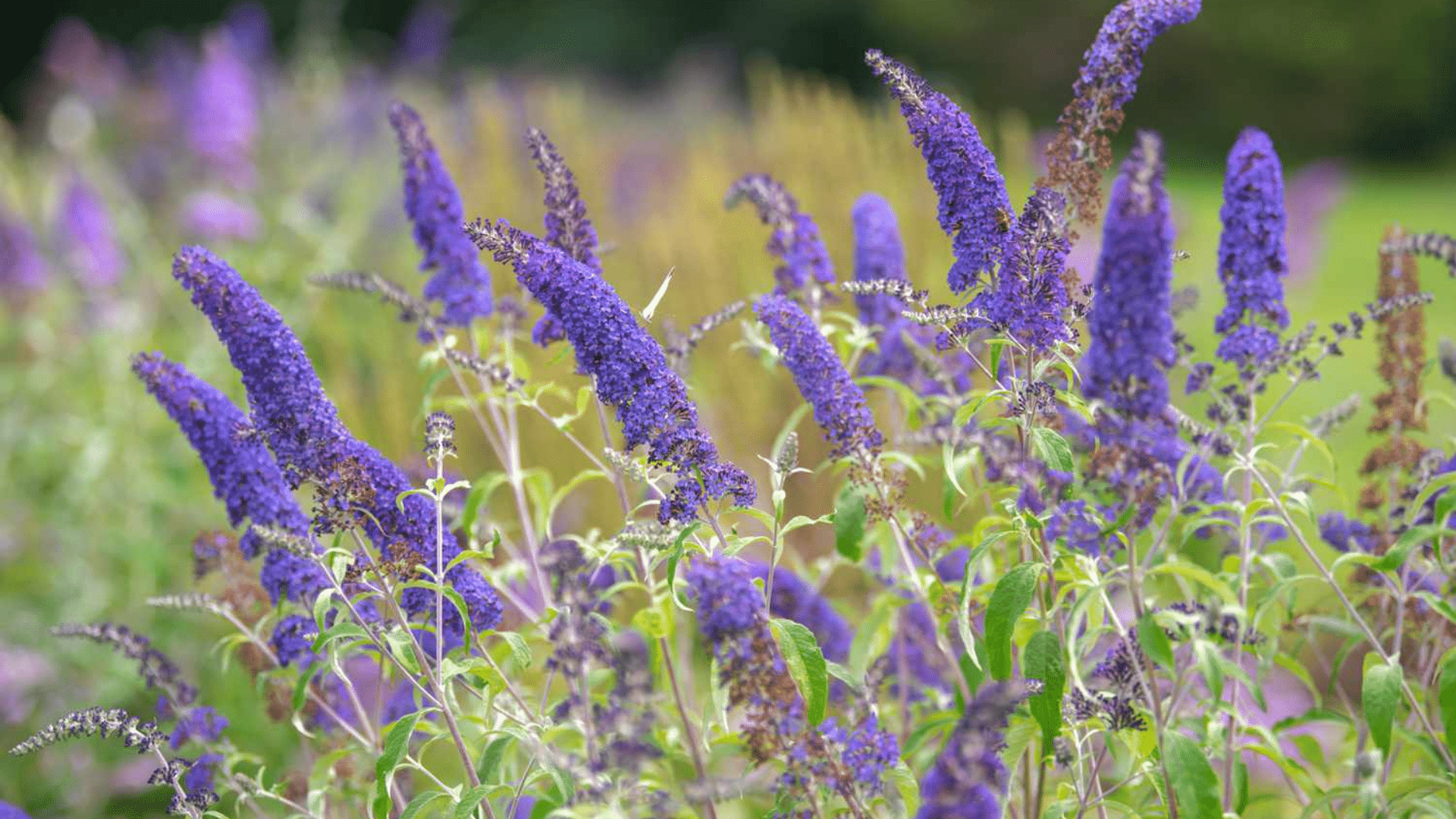
Buddleia, also known as the butterfly bush, is famous for attracting butterflies with its fragrant, colorful spikes. This shrub can grow rapidly and is popular in wildlife gardens.
| Category | Details |
|---|---|
| Scientific Name | Buddleja davidii |
| Growing Conditions | Full sun, well-drained soil |
| Blooming Time | Summer to fall |
| Symbolism | Freedom, beauty |
| Color Variations | Purple, white, pink, blue |
| Uses & Benefits | Attracts butterflies, ornamental |
Planting Tips: Plant in well-drained soil and prune regularly to encourage new growth.
Interesting Fact: Buddleia is known for its ability to attract large numbers of butterflies during the blooming season.
16. Buffalo Clover
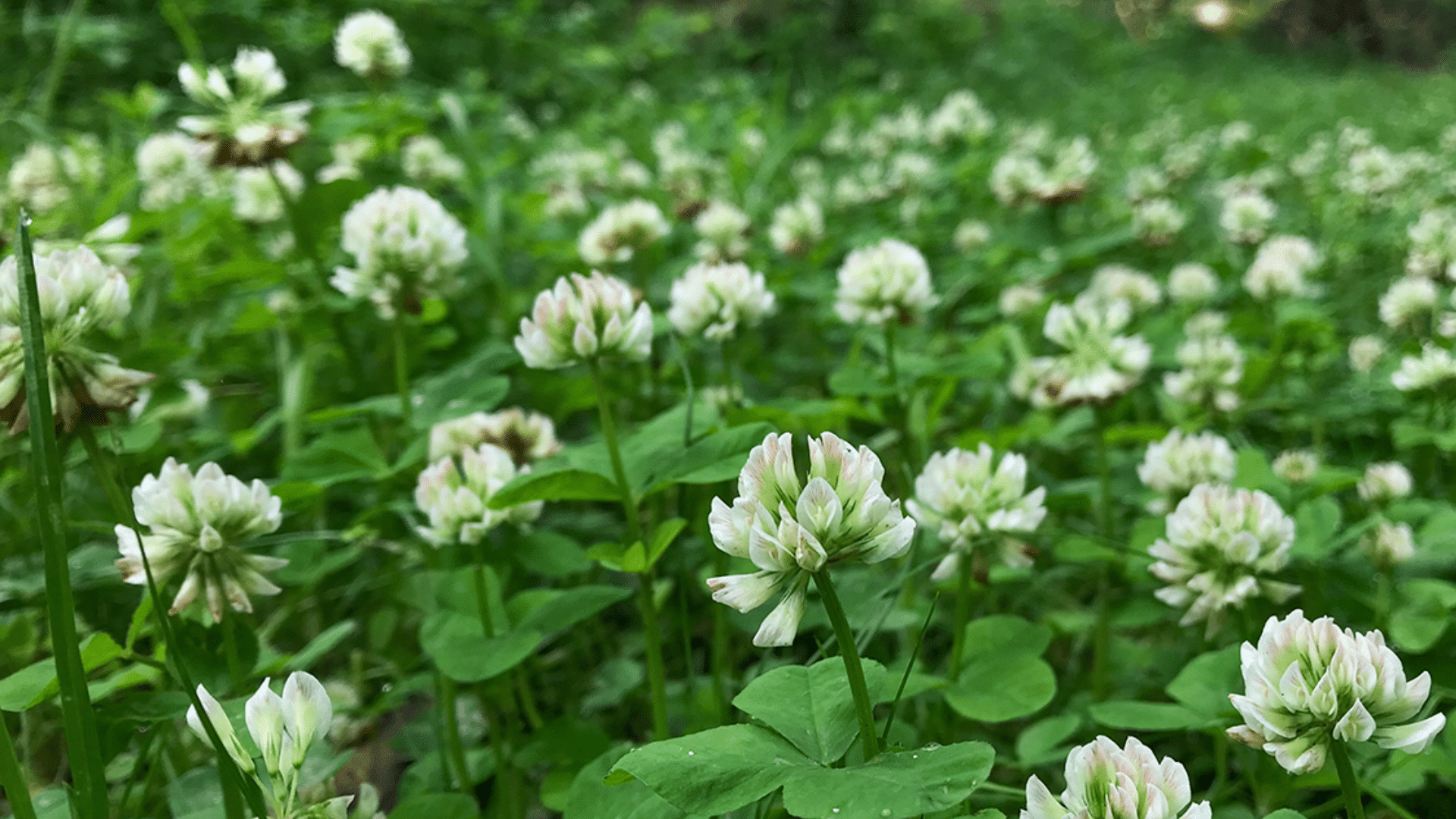
Buffalo Clover is a small, white flower commonly found in meadows. It blooms in clusters and is a great ground cover, attracting pollinators like bees and butterflies.
| Category | Details |
|---|---|
| Scientific Name | Trifolium stoloniferum |
| Growing Conditions | Full sun to partial shade, well-drained soil |
| Blooming Time | Spring to summer |
| Symbolism | Luck, abundance |
| Color Variations | White, cream |
| Uses & Benefits | Ground cover |
Planting Tips: Plant in well-drained soil with moderate watering and space them for airflow.
Interesting Fact: Buffalo Clover is named for its historical use in grazing fields where buffalo roamed.
17. Balsa Flower
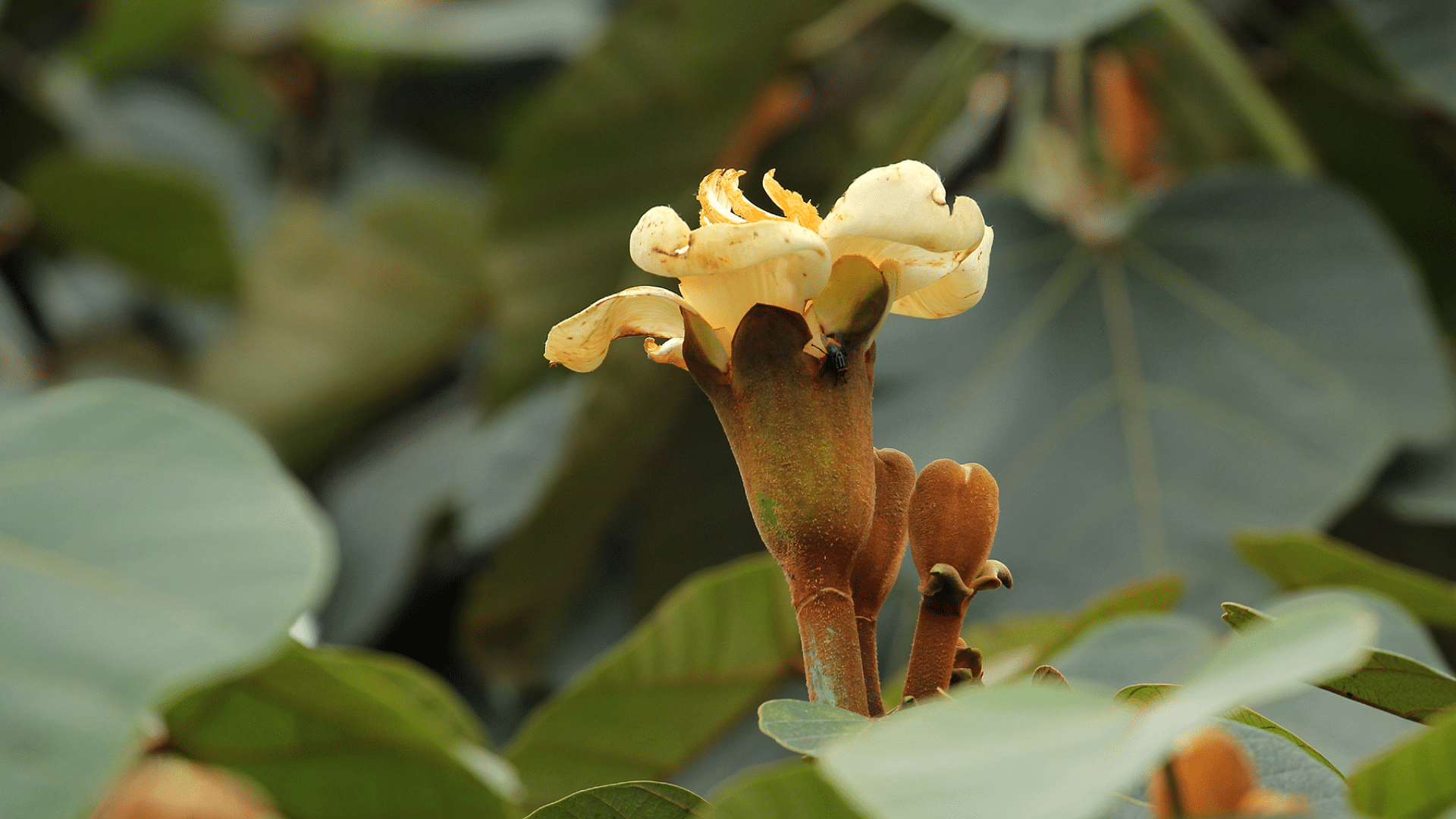
The Balsa Flower is an ornamental plant with showy, large blossoms. While the flowers are not used for any particular medicinal purposes, their beauty makes them a stunning addition to gardens.
| Category | Details |
|---|---|
| Scientific Name | Ochroma pyramidale |
| Growing Conditions | Full sun, well-drained soil |
| Blooming Time | Summer to fall |
| Symbolism | Strength, beauty |
| Color Variations | White, yellow |
| Uses & Benefits | Ornamental, wildlife-friendly |
Planting Tips: Use well-drained soil and provide the plant with plenty of sunlight.
Interesting Fact: Balsa trees are known for their exceptionally lightweight wood, which is widely used in model-making.
18. Balm
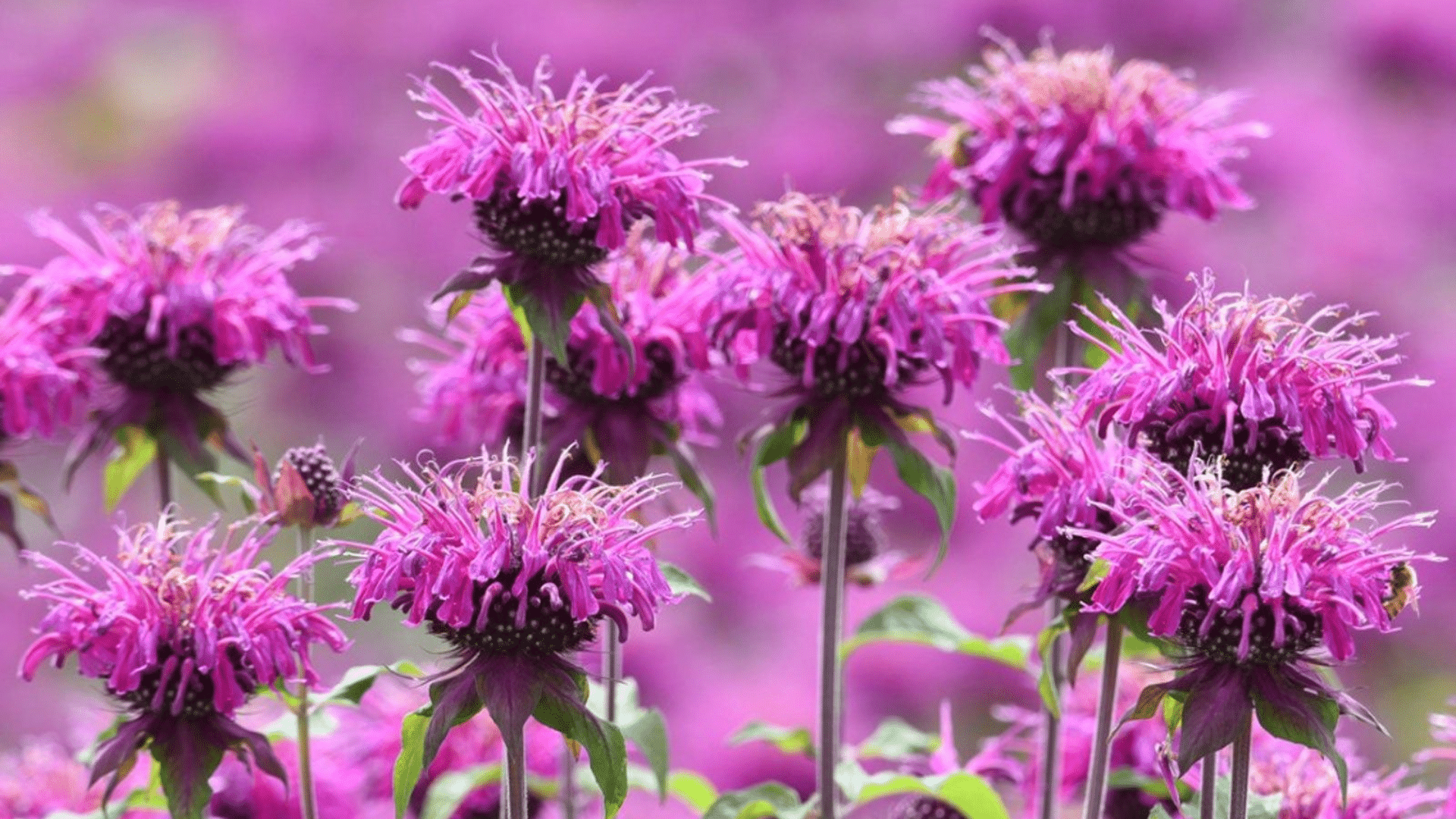
Balm is an herbaceous plant with fragrant leaves and small flowers. It’s often grown for its medicinal properties and pleasant aroma, making it popular in herbal gardens.
| Category | Details |
|---|---|
| Scientific Name | Melissa officinalis |
| Growing Conditions | Full sun to partial shade, moist soil |
| Blooming Time | Summer |
| Symbolism | Healing, protection |
| Color Variations | White, yellow, pale purple |
| Uses & Benefits | Herbal remedies attract pollinators |
Planting Tips: Balm prefers well-drained, moist soil with some shade during the hottest part of the day.
Interesting Fact: The leaves of Balm are often used to make tea, known for its calming effects.
19. Banksia
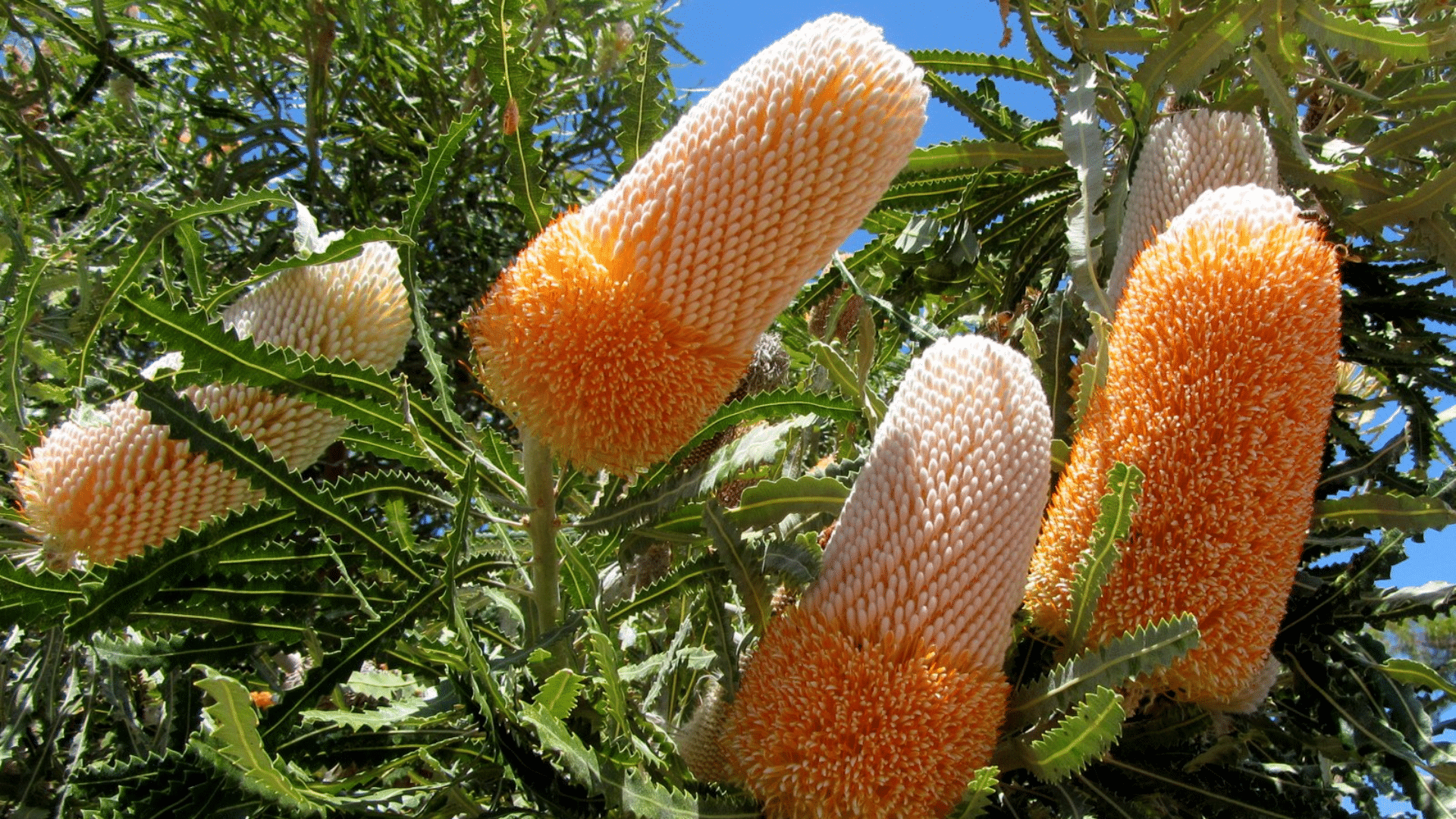
Banksia flowers are large, cylindrical, and come in vibrant yellow or orange hues. These Australian native flowers are known for their ability to attract birds and other wildlife.
| Category | Details |
|---|---|
| Scientific Name | Banksia spp. |
| Growing Conditions | Full sun, well-drained soil |
| Blooming Time | Spring to early summer |
| Symbolism | Strength, protection |
| Color Variations | Yellow, orange, red |
| Uses & Benefits | Wildlife-friendly, ornamental |
Planting Tips: Plant in well-drained soil and water moderately, ensuring they receive enough sunlight.
Interesting Fact: Banksia flowers are known for their unique shape and have a distinct, honey-like fragrance.
More Flowers That Start With B for Your Garden List
-
Bluebell Sage
-
Bolivian Jewels
-
Baptisia
-
Bergenia
-
Bishops Weed
-
Black Bat Flower
-
Blackthorn Flower
-
Black Lily
-
Blue Hyacinth
-
Black Daisy
-
Bignonia
-
Birdflower
-
Blush Camellia
-
Blushing Bride
-
Bolete
-
Blood Lily
-
Bougainvillea Spectabilis
-
Blue Mountain Sage
-
Blushing Bride Protea
-
Bower Vine
-
Bristly Oxtongue
-
Broad-leafed Hellebore
-
Bush Lily
-
Bishop’s Flower
-
Baker’s Ribbon
-
Balsam Fir Flower
-
Balm of Gilead
-
Bamboo Orchid
-
Beach Strawberry
-
Bigleaf Maple Blossom
-
Bitterwood
-
Bog Rosemary
-
Bracted Larkspur
-
Bramble Rose
-
Blue-leafed Willow
-
Blue Beech
-
Botanica Daisy
-
Brunswick Lily
-
Bulbine
-
Brachycome
-
Buchu
-
Buffalo Grass Flower
-
Barbados Cherry Blossom
-
Brazilian Edelweiss
-
Bunting Flower
-
Bitter Cress Flower
-
Black Currant Flower
-
Bamboo Vine
-
Ball Cactus Flower
-
Bristlegrass
-
Blue Flax
-
Bald Cypress Blossom
How to Grow and Care Flowers
- Soil & Location: Mix compost into garden beds before planting. Test soil pH – most B-flowers prefer slightly acidic to neutral conditions. Avoid waterlogged areas that cause root rot.
- Sunlight Needs: Full sun lovers include Black-eyed Susans and Blanket Flowers (6+ hours daily). Partial shade works for Begonias and Bleeding Hearts (3-6 hours). Morning sun with afternoon shade protects soft petals.
- Watering & Fertilizing: Water deeply but less frequently to encourage strong roots. Most plants need 1-2 inches of water weekly. Feed monthly with balanced fertilizer during the growing season.
- Common Pests & Prevention: Watch for aphids on new growth – spray with water or use insecticidal soap. Prevent powdery mildew with good air circulation. Scatter crushed eggshells around plants to deter slugs.
- Container vs. Garden Bed: Use containers for tender varieties you’ll move indoors. Garden beds work better for perennials and large growers.
- Seasonal Care: Spring brings planting and feeding time. Summer requires consistent watering. Fall means deadheading spent blooms and preparing hardy varieties for winter.
How to Design a Garden Using Only ‘B’ Flowers
Creating a flowers that start with b garden offers endless creative possibilities. This approach creates a memorable garden that’s both organized and beautiful. By following these steps, you can create your own B-Flower Garden:
1. Choose Your Theme: Pick a bee-friendly garden with Bee Balm and Borage, or create color blocks using Blue Bells, Bright Marigolds, and Burgundy Dahlias.
2. Plan Your Layout: Place tall flowers like Butterfly Bush in back, medium height Bachelor Buttons in middle, and low-growing Begonias in front.
3. Consider Bloom Times: Mix early-spring bulbs with summer Blanket Flowers and fall-blooming Mums for continuous color.
4. Add Structure: Use Boxwood as green borders between colorful B-flower sections.
5. Create Focal Points: Plant bold clusters of the same variety rather than single specimens for maximum impact.
6. Include Pathways: Leave space between beds for easy maintenance and viewing.
The Bottom Line
Your garden can become a pretty showcase with these flowers that start with b as your foundation.
From the cheerful faces of Black-eyed Susans to the soft petals of Bleeding Hearts, each variety brings its own special charm to your outdoor space.
Start small with a few favorite varieties, then expand your collection as you gain confidence.
Which B-flower caught your attention the most? Share your favorite from this list in the comments below, or tell us about any B-flowers currently growing in your garden.
We’d love to hear about your gardening experiences and see photos of your beautiful blooms!


